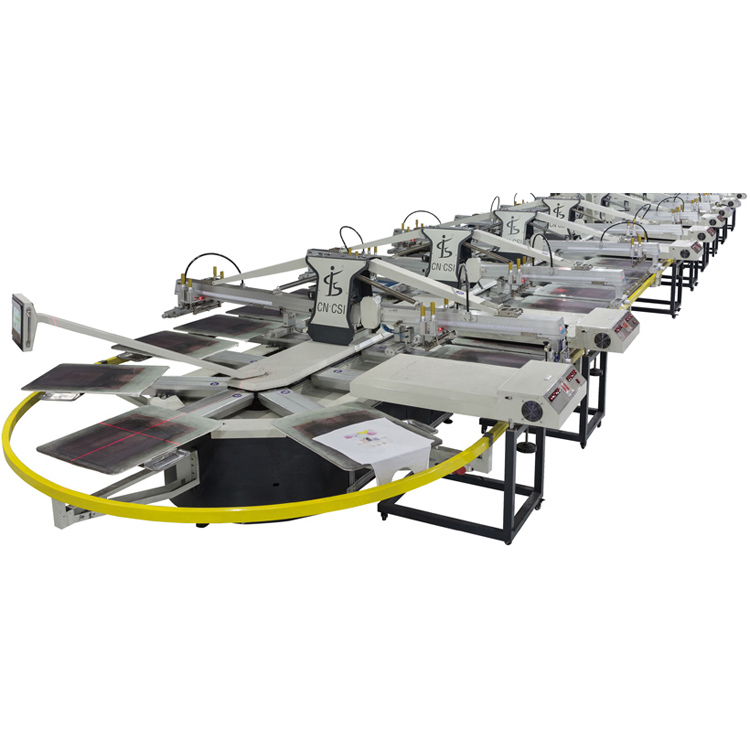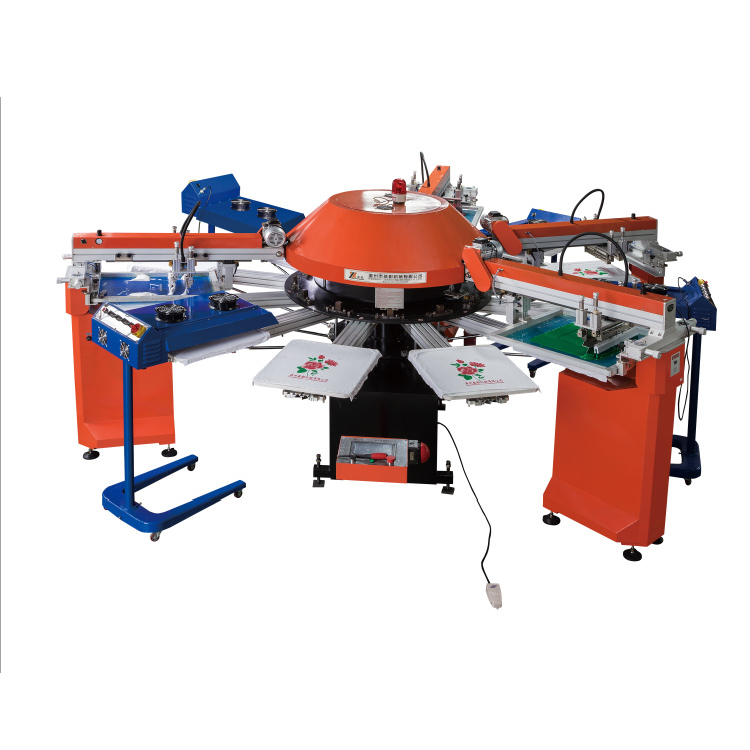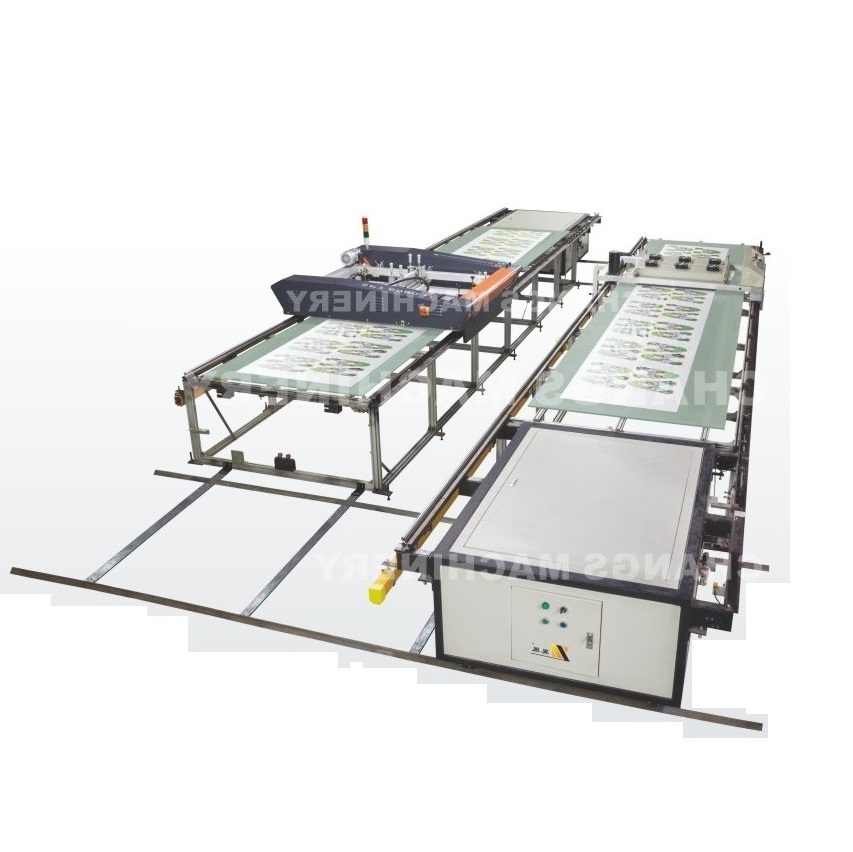Printing is accomplished by silicon rubber into a printing head steel plate ( or photosensitive plastic gravure ) on the image transfer printing to the substrate, can be used to print or forming a variety of printing, such as glass products, plastic products, metal products, watches and electronic, optical products. Its main characteristic is the irregular shaped convex surface printing. These printed using other printing methods is difficult or even impossible, but the printing can be performed easily, and can achieve multicolor printing. The instruments, equipment and some small products surface printing, is the ideal mode of printing.
Printing and screen printing has many similarities, for example, on a wide range of substrate; a wide variety of printing inks, printing ink and printing ink basically can be universal; through the fixture and plates can be very easy to complete different products such as printing. So, in many occasions in printing and printing screen printing is like a pair of twin sisters together, together play the important role of special printing technology. Because of this, many experts have put into the printing printing screen printing field, but not subdivided specialized printing technology and research institutions. However, printing and screen printing characteristics and use of technology still has certain difference. First of all, from the printing process, printing and screen printing has the obvious difference; printing machine and printing machines structure is not the same; printing technology to adapt to the variety of products and screen printing can be quite different. From an objective point of view, printing and screen printing differences than similarities between them, and the habit of tying them together, the greater is the cause of printing and screen printing is in the face of a common market, in the common market, can not be separated from the printing screen printing. From the screenprinting strip printing more difficult, also not necessary, but should have a deep understanding of printing technology can not only to screen printing industry vision to look at it.
To sum up, the printing of the main features of a:
(1) suitable for surface printing, elastic silicon rubber pad for the plane two, three curved, concave and convex surfaces and other complex shape of the substrate can be printed;
(2) to print more sophisticated graphics, can be printed 0.05 mm thread;
(3) a stable printing continued, even after a long time of printing, the printing precision does not change;
(4) eliminates the drying process, continuous multi-color printing;
(5) printing range, available in plastic, metal, ceramic, glass, leather, bakelite and other material products of arbitrary convex surface accurately monochrome, two-color, color graphic printing, can also carry out soft contact printing, but also in the soft goods ( such as fruits, cakes, eggs and so on ) as well as fragile fragile items ( such as ceramics, glass products etc. ) on printing;
(6) printing process simple operation and reliable running, no special esoteric technique.
Screen printing process is the ink through the mesh screen portion after the stencil on the substrate, the remaining part of the mesh screen is blocked, the ink penetration. This part also in the substrate to form blank. A printing ink in screen printing ink, in under the action of the external force can not be through the mesh leakage to the substrate, and when the scraper to certain pressure and tilt angle of scraping ink through the screen, it is transferred to the substrate so as to realize image copy.
Screen printing has the following characteristics:
1, the substrate is wide: due to the printing plate made by silk, soft and elastic, so the substrate for flat or curved, hard or soft, big or small can be printed. In addition, silk screen because of the pressure of small can also be printed on the fragile substrate deformation.
2, the ink layer thick and strong hiding power: screen printing ink layer thick, is other printing methods there is nothing comparable to this. As with a white cover the following background, using ordinary printing methods at the same site printed 3 to 4 times, and screen printing can be completed once. Screen printing ink layer thickness 20 microns, special thick film printed up to 100 micron, the thinnest also has 6 micron. So the screen printing ink layer thick and large adjustable range.
3, strong stereo perception: because the ink thickness, so in imitation of prints and copy the painting when the effect is very lifelike, the color is more than offset printing; but in a fine pattern printing, reproduction is limited.
4, good light resistance : the printing ink in the redeployment of light pigment and fluorescent pigments, printing patterns can permanently keep gloss without air temperature and sunlight conditions, even can shine at night. Therefore, silk screen products suitable for outdoor advertising, signs etc..
5, the applicable ink quite extensive: water-based, oil-based, solvent base, and even can be used slurry, paste, powder, so the screen printing ink collectively printing material.
6, large format: in the printing area, general offset printing, letterpress and other methods due to machinery and equipment limited and far less than screen printing. Screen format has reached the maximum 3M * 4M even more.
7, the plate has large flexibility: screen material is decided by the characteristics of the plate will have greater scalability. When used for mass printing, easy stretch plate will influence the replication effect.






